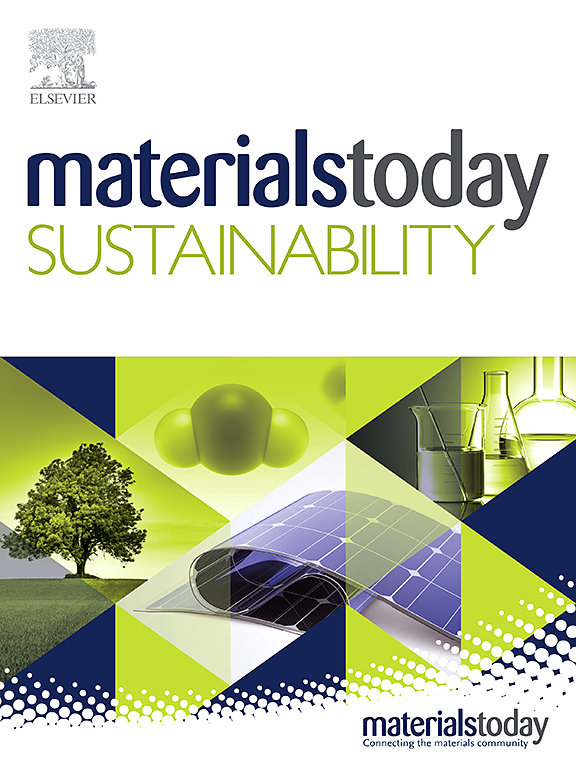Machine learning and sustainable geopolymer materials: A systematic review
IF 7.1
3区 材料科学
Q1 GREEN & SUSTAINABLE SCIENCE & TECHNOLOGY
引用次数: 0
Abstract
Over the last decade, a considerable amount of research has documented the application of machine learning (ML) and its potential for cleaner production of sustainable construction materials particularly on geopolymers. Conceptually, the use of ML could help optimize the mixture composition, predict the property and performance of geopolymers materials. However, existing studies seem to mainly concentrate on geopolymer concrete and thus overlook other forms such as mortar and paste, and the data requirements of ML. In addressing the gaps, the aim of this study is to provide a current status of art on the use of ML on geopolymer materials by specifically exploring (i) the progression of ML in geopolymer materials from 2012 to 2023; (ii) the forms and types of geopolymer being researched using ML; (iii) the data sources and sizes, and ML algorithms being used; and (iv) the tasks being performed using ML. The overall findings show that ML are primarily utilized for predicting geopolymer properties, particularly compressive strength, while their potential in mixture optimization and structural maintenance remains largely untapped. Additionally, the small training datasets and the predominant reliance on data from previous publications in most studies underscore the limited utilization of field data. In conclusion, this study informs researchers of the current challenges in the application of ML for geopolymer materials and proposes directions for future research in using ML for improved property prediction and mixture optimization of sustainable geopolymer materials.
求助全文
约1分钟内获得全文
求助全文
来源期刊

Materials Today Sustainability
Multiple-
CiteScore
5.80
自引率
6.40%
发文量
174
审稿时长
32 days
期刊介绍:
Materials Today Sustainability is a multi-disciplinary journal covering all aspects of sustainability through materials science.
With a rapidly increasing population with growing demands, materials science has emerged as a critical discipline toward protecting of the environment and ensuring the long term survival of future generations.
 求助内容:
求助内容: 应助结果提醒方式:
应助结果提醒方式:


